Bodybuilders often have the mistaken belief that they must take their diets to extremes to take their physiques to extremes. In the late 1980s, a zero-fat diet was thought to be the ideal way to rip up. When that was found to be unsuccessful, the high-fat diet came into vogue. In the end, most bodybuilders have learned that neither of these extreme diet philosophies leads to success on a bodybuilding stage.
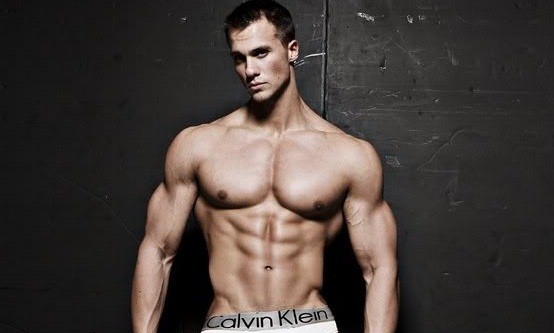
Whether you want to reduce bodyfat or increase muscle mass, the dietary fat strategy to pursue is somewhere between these two extremes. A moderate intake of the right types of dietary fats can help build muscle and, in many cases, trim you down. In general, bodybuilders whether in a cutting or growth phase should strive to take in about 20% of their calories from fat, emphasizing the healthy sources listed below.
#1 Whole Eggs
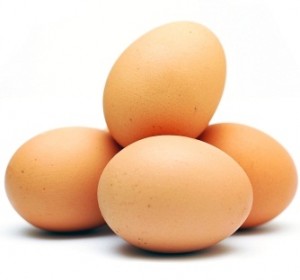 A bodybuilding 1 staple and still one of the best sources of protein, eggs are easy to digest, and they provide an excellent amino acid profile. Both the yolks and the egg whites provide protein, but the whites are more quickly digested. The yolk contains dietary fat, which slows digestion, providing a more sustained source of protein. A single egg yolk has 6 grams (g) of fat (half of it saturated), so eating six to eight yolks a day would yield too much saturated fat for many bodybuilders. The solution is to reduce, not eliminate, the number of yolks.
A bodybuilding 1 staple and still one of the best sources of protein, eggs are easy to digest, and they provide an excellent amino acid profile. Both the yolks and the egg whites provide protein, but the whites are more quickly digested. The yolk contains dietary fat, which slows digestion, providing a more sustained source of protein. A single egg yolk has 6 grams (g) of fat (half of it saturated), so eating six to eight yolks a day would yield too much saturated fat for many bodybuilders. The solution is to reduce, not eliminate, the number of yolks.
For every five or six egg whites you eat, add one yolk, not exceeding three daily. Six whites and one yolk yield 24 g of protein and 6 g of fat, much of it healthy.
#2 Salmon
Salmon is an excellent source of omega-3 fatty acids. Omega-3s are a special type of dietary fat that help spare the loss of glutamine, thereby supporting the immune system and, indirectly, growth. They also help fight muscle inflammation and lead to enhanced glycogen storage. There’s even some indication they promote the loss of bodyfat and retention of muscle during dieting phases. Six ounces of salmon give you approximately 34 g of protein and 12 g of fat. That may seem like a lot, but there’s no need to worry about this level of fat. Much of it will be used for the benefits previously listed before your body has the ability to store it as bodyfat. If you notice a greater increase in bodyfat than you might want, you’re better off expending more energy (via cardio) than reducing healthy fats too much.
Depending on body size and protein needs, mass seekers can include six to 12 ounces of salmon up to four times a week. Since omega-3s are so vital, dieters should also shoot for this four-times-per-week schedule, even if they have to eat smaller portions.
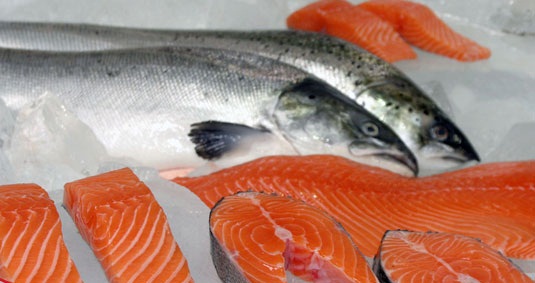
#3 Flaxseed Oil
This is the best source of omega 3s, aside from fish. However, some research suggests that omega-3s from fish may be superior. Still, supplementing with flaxseed oil (or adding it to salads or protein shakes) is important because the body converts it into two compounds that are responsible for muscle-building and fat-liberating properties. The conversion process has a few limitations, so opting for supplemental fish oil and fish consumption over flaxseed might be the best way to go. Still, bodybuilders can benefit by taking two tablespoons of flaxseed oil a day, yielding up to 22 g of fat, while in a mass-gaining phase. Dieters can reduce dosage to one tablespoon per day.
#4 Red Meat
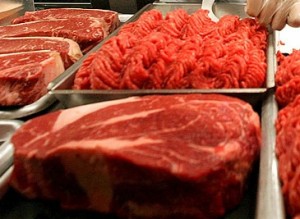
Sure, you need to reduce calories to cut up, but omitting too much fat might compromise your testosterone levels. Put simply, when you cut out too much dietary fat, and especially when also cutting carbs or total calories, your testosterone levels can drop. When that occurs, you can bid farewell to muscle mass.
Red meat contains fats that support testosterone levels, including conjugated linoleic acid (CLA), a special fat that shows real promise in allowing the body to tap into fat stores as an energy source as well as promoting protein synthesis and muscle growth. Six ounces of a leaner cut of meat provides 32 g of protein and 9-14 g of fat. Mass seekers can eat red meat twice daily and even dieters can do the same, provided they do not consume more calories than their daily target.
#5 Cold-Processed Oils
Vegetable oils contain omega-6 fatty acids, cousins to omega-3s. However, some vegetable oils are “dead” in that they have been processed to extend shelf life, and the processing appears to leave the growth-promoting and fat-burning qualities common to many oils inert. On the other hand, cold-processed oils retain the characteristics that help promote bodybuilding hormone production and blood flow to muscles, and the oils also battle inflammation. To get your requirement of omega-6 fats, simply mix your own dressing for salads and vegetables. Combine two tablespoons of cold-processed oil, 1/3 cup vinegar and two teaspoons of Mrs. Dash seasoning. You can use the entire mix daily if mass is your goal or half of the mix if your goal is shredding.
#6 Low-Fat Cheese
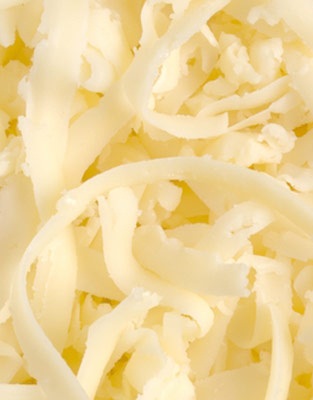 What a bum rap cheese has taken. Many myths seem to surround dairy products as a definitive fattening food–and they’re not true! Low-fat cheese contains small amounts of CLA, the fat-fighting muscle-building compound also found in red meat. Furthermore, dairy products contain many unique anabolism-promoting peptides, as well as calcium and other vitamins and minerals. Recent research has also shown the presence of calcitriol, a substance that may help bum fat during low-calorie diets.
What a bum rap cheese has taken. Many myths seem to surround dairy products as a definitive fattening food–and they’re not true! Low-fat cheese contains small amounts of CLA, the fat-fighting muscle-building compound also found in red meat. Furthermore, dairy products contain many unique anabolism-promoting peptides, as well as calcium and other vitamins and minerals. Recent research has also shown the presence of calcitriol, a substance that may help bum fat during low-calorie diets.
Low-fat cheese is also excellent for its content (about 7 g per ounce) as well as its type (casein) of protein. You can’t go wrong with low-fat cheese as a mass-building staple or as a beneficial protein for a dieter.
The Bottom Line
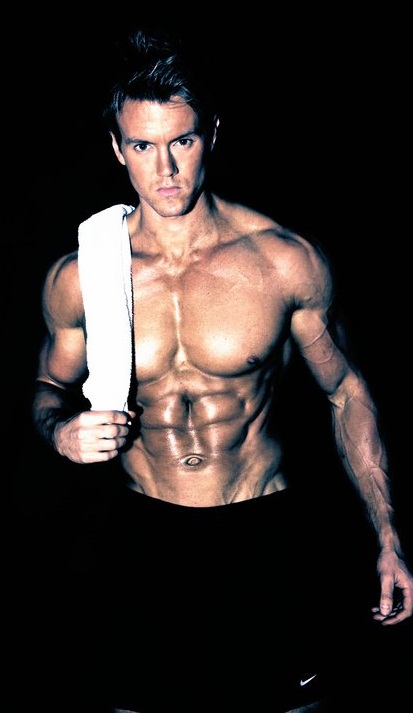 Many bodybuilders fear fatty foods, but they shouldn’t. The basics for muscle growth and keeping bodyfat within reason are calorie control and a proper provision of nutrients. Although fatty foods can be caloric, they provide nutrients that many other bodybuilding foods do not. These healthful fatty foods can be excellent choices during mass-gaining cycles and, by making some adjustments in total calorie consumption, they can even be a crucial part of a cutting cycle.
Many bodybuilders fear fatty foods, but they shouldn’t. The basics for muscle growth and keeping bodyfat within reason are calorie control and a proper provision of nutrients. Although fatty foods can be caloric, they provide nutrients that many other bodybuilding foods do not. These healthful fatty foods can be excellent choices during mass-gaining cycles and, by making some adjustments in total calorie consumption, they can even be a crucial part of a cutting cycle.
If you want to provide your body with all it needs to stay anabolic and keep bodyfat in check, you should make certain you’re taking in the proper balance of all the fatty foods you need.
Author: Chris Aceto
Website: Procardnutrition.com
COPYRIGHT 2008 Weider Publications
COPYRIGHT 2008 Gale, Cengage Learning










